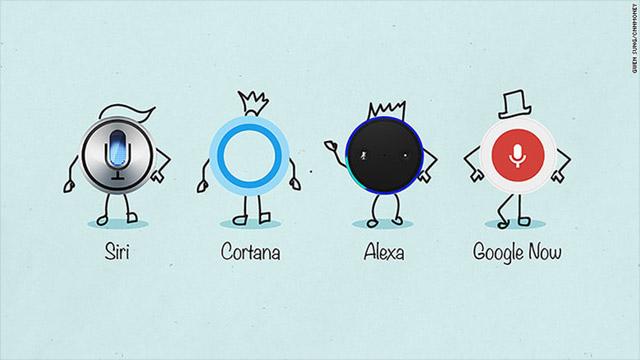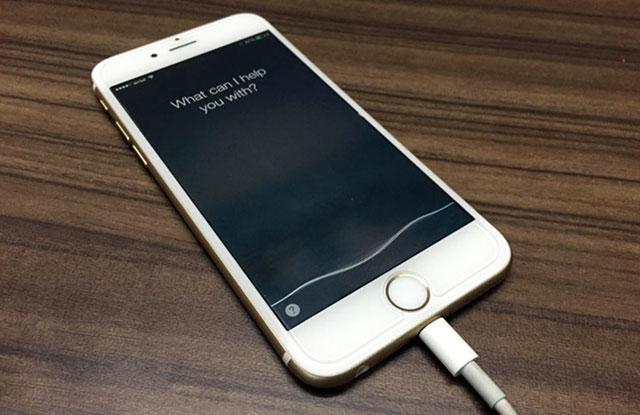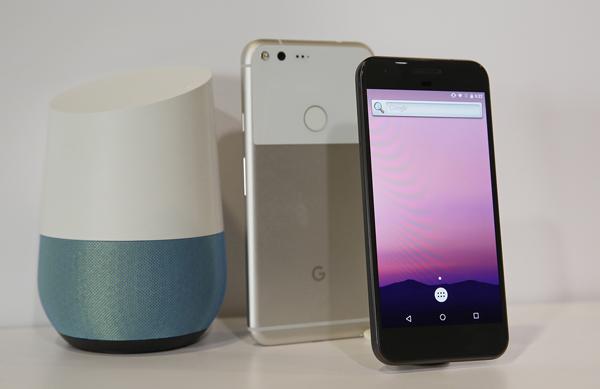You are here
In battle of digital assistants, Google heads to Apple turf
By AFP - May 19,2017 - Last updated at May 19,2017

Photo courtesy of techspot.com
MOUNTAIN VIEW, California — Google announced on Wednesday it was bringing its digital assistant to Apple iPhones as part of its effort to win the battle with tech rivals on artificial intelligence (AI).
At its annual developers conference at an outdoor concert-venue near its main campus in Mountain View, California, Google unveiled its vision for computing centred around artificial intelligence.
“We are now witnessing a new shift in computing: the move from a mobile-first to an AI first world,” Google Chief Executive Sundar Pichai said during an opening presentation.
“It is forcing us to reimagine our products for a world that allows a more natural, seamless way of interacting with technology.”
Those interactions, for Google, include using artificial intelligence to let people engage computers conversationally, have software anticipate needs, and let smartphone cameras “recognise” what they see.
“In an AI-first world, we are rethinking all of our products and applying machine learning to solve problems,” Pichai said.
Google Assistant, the centre of its AI efforts, is in a fierce battle with rivals such as Amazon’s Alexa, Microsoft Cortana and Apple’s Siri to be the top choice for use in smartphones as well as connected homes, cars and a range of other devices.
“Siri’s got company, and all these other guys are pretty serious about it,” said Gartner analyst Brian Blau.
Artificial intelligence is being woven into Google’s free Gmail service, used by more than a billion people, for features such as suggesting responses to messages.
For example, opening an email containing an invitation to dinner might trigger a prompt to reply “I’m in.”
Smartphones get eyes
Google machine vision capabilities are being used to enable services such as recognising who is in pictures and what they are doing, as well as translate languages in signs viewed through smartphone cameras, demonstrations showed.
Advanced “Lens” features are being added first to the Google Photo application, which is available free.
Aiming a smartphone camera at a flower will prompt it to be identified; while aiming it at a complex password and hotspot name on a router will let it automatically log into the wireless connection.
Google also unveiled a second-generation computer chip it designed specifically to improve cloud computing capabilities in data centres.
“We want Google Cloud to be the best cloud for machine learning,” Pichai said.
He described the internet giant’s core search service and its Google Assistant as the company’s most important AI products.
Google Assistant, introduced last year, is now on more than 100 million devices, according to the team’s vice president of engineering, Scott Huffman.
“We are really starting to crack the hard computer challenge of conversationality,” Huffman said.
“Soon, with Google Lens, your assistant will be able to have a conversation about what you see.”
Google used the conference to announce a software kit that will let developers build Assistant capabilities into robots, applications, and other computerised creations.
Google also announced enhancements to its Home personal assistant, adding abilities such as hands free telephone calls and acting as speakers for wireless audio.
Android gets lean
Developers cheered when talk turned to Google-backed mobile operating system Android.
Google announced that more than two billion devices powered by Android software are used monthly in a freshly passed milestone.
The coming version of Android, referred to simply as “O” for the time being, will also have boosted artificial intelligence features along with enhanced security, executives showed.
Google is also crafting a lighter version of Android, referred to as “Go”, designed for maximum performance on low-cost, entry-level smartphones in developing countries where internet bandwidth is lean or expensive.
Google said that while it is happy with the momentum of its Daydream virtual reality platform based on using smartphone as screens in headsets, it is working with partners on stand-alone virtual reality gear.
Partners in the endeavour include Vive-maker HTC and Lenovo, according to Google virtual reality team vice president Clay Bavor.
The gathering, which attracted some 7,000 developers on site and had thousands more watching online, focused on software with little mention of hardware, noted analyst Blau.
“There is a continuing trend where devices are becoming devalued and what is on the screen is becoming more valuable,” Blau said.
“With AI, all the apps are getting upgraded so they don’t need new hardware.”
Related Articles
Google is expanding its empire to cars, watches, businesses and televisions.
SAN FRANCISCO — Apple’s Siri made a big splash when the wisecracking digital assistant debuted on the iPhone five years ago.
SAN FRANCISCO — Google took on rivals Apple, Samsung and Amazon in a new push into hardware Tuesday, launching premium-priced Pixel smartpho














